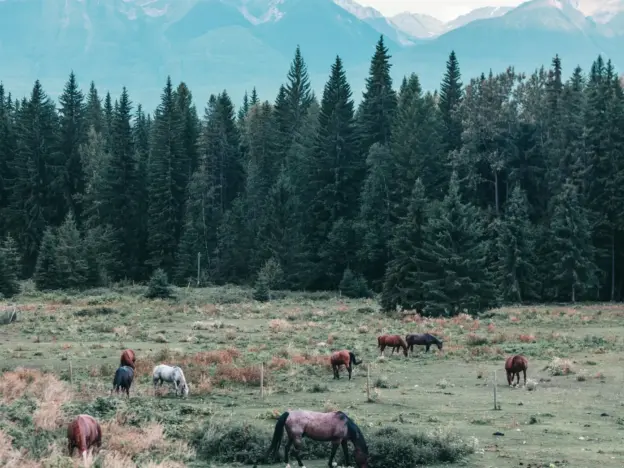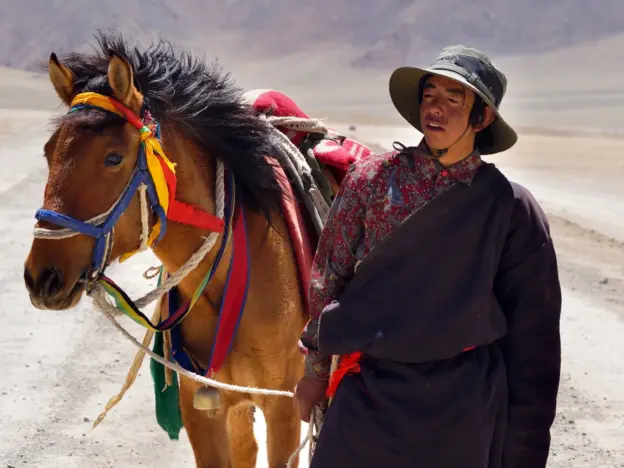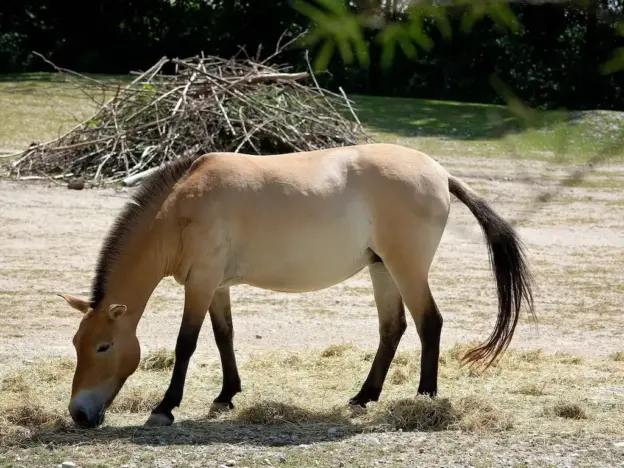Intro
The Lehmkuhlener Pony originated Lehmkuhlen, Germany, bred privately by the House of Baron Thunder stud farm. The breed comes from a cross between local Westphalian animals and English Westmoorland blood.
Read more

The Lehmkuhlener Pony originated Lehmkuhlen, Germany, bred privately by the House of Baron Thunder stud farm. The breed comes from a cross between local Westphalian animals and English Westmoorland blood.
Read more

The last wild Tarpan died in Russia and is an extinct species, the last two on the planet died within a decade of each other in the late 19th century. There have been attempts to recreate the Tarpan, including the Heck Horse and Hegardt Horse.
Read more

The Sorraia is thought to be the last remnant of wild horses that lived across most of the Iberian Peninsula, including parts of Spain and Portugal. Although we call them a breed today, they are actually what remains of an indigenous wild horse. Only recently, after the Portuguese National Stud took over registration of these animals, have they been promoted as a ‘breed’.
Read more

The Skyros Pony comes from Greece and is the smallest of the Greek Pony breeds. Although they are small in stature, they display more miniature horse like characteristics rather than those typical of pony breeds.
Read more

The Sable Island Horses (and a number of other wild animals) come from Sable Island which is situated about 100 miles off the eastern coast of Nova Scotia.
Read more

The Rowoche Pony breed was discovered in 1995 by a French explorer named Michel Peissel (who had a knack for discovering rare animals) in an isolated region of Tibet, these animals had previously been unknown to science.
Read more

Also called Equus Przewalskii, Asiatic Wild horse, Mongolian Wild Horse and Taki, the Przewalski’s Horse is the only known surviving species of wild equine on the planet (since the extinction of the Tarpan). All other breeds of modern horse are thought to come from domesticated horse (yes, even the feral ones – at some point they were all reintroduced to the wild).
Read more

The Polesian Horse or Polesakya comes from the marshy Pripet area of the Ukraine and the Byelorussian lowlands. These are native animals that belong to the forest type, similar to the Zhmud breed.
Read more

Also called Mulassier and Poitou, the Poitevin Horse comes from the marshy lands in the west of France and is perhaps the least known of the French heavy breeds.
Read more

The Patibarcina or Patibarcino Horse comes from Cuba and is the result of a cross between the native Cuban Criollo, Andalusian and Barb animals.
Read more